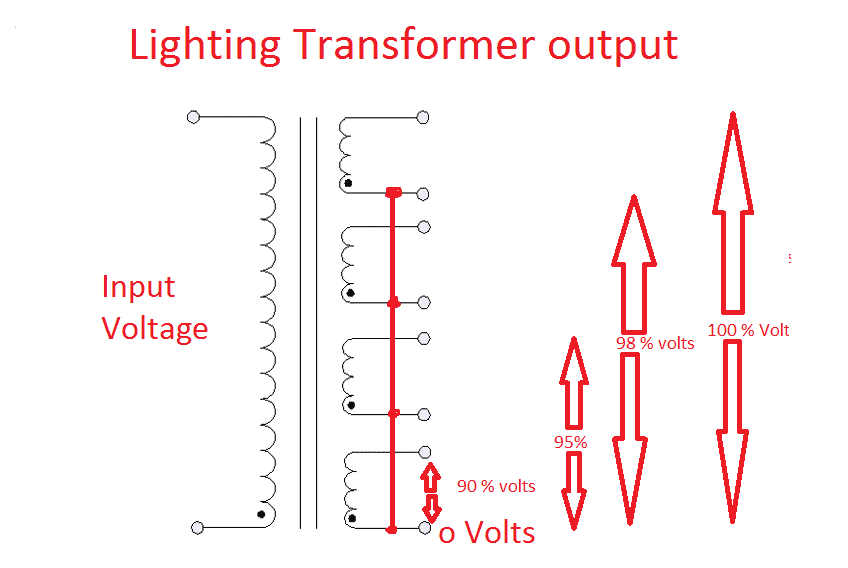Electronic Transformer Circuit Diagram So, in this circuit, it's very simple, we demonstrate how to connect a power transformer so that we can have it operating in a circuit. Components Needed. Power Transformer; AC Voltage Source; In this circuit, we will use a step-down transformer. The step-down transformer that I have is a 120V primary 24V secondary transformer.

Figure 1 shows an easy way to drive a transformer without having to use a coupling capacitor. When the drive signal goes high, the small-signal FET, Q2, turns on, and the drive voltage is applied across the winding of the transformer. When the drive signal goes low, it pulls the dot end of the winding to ground and turns off Q2. transformer that should be used in an application. For instance, a transformer needed to provide DC isolation between two windings carrying large amounts of currents would be designed differently from a transformer that needs to provide an impedance match to a small signal communications network. In this article, the emphasis will

Signal Transformers Information Circuit Diagram
By using a transformer, the voltage can be stepped down to the required level. Transformers can also be used to isolate different parts of a circuit. For example, in audio circuits, a transformer can be used to isolate the input signal from the output signal. This can help to reduce noise and interference in the circuit.

However, transformers are inefficient in transferring energy if they distort the signal. A wideband transformer can transmit a clean, undistorted low-power signal over a wide range of frequencies. The ratio is used for matching the primary and secondary impedance of the transformer to the circuit into which it is inserted. This ratio is This voltage can then be used to drive a signal or to control a load. The main advantage of using a pulse transformer triggering circuit over other methods of generating electrical signals is its high efficiency. The transformer allows the voltage corresponding to the input current to be transferred across the isolation barrier without much loss.

Description, Example & Application Circuit Diagram
The secondary of the transformer usually has an inductor and a capacitor that form a 2nd order low pass filter thus converting the PWM signal into (more-or-less) a fairly decent sinewave. For instance, if you take the high frequency content of the PWM waveform it looks like a square wave with varying duty cycle and, you can low-pass filter this
